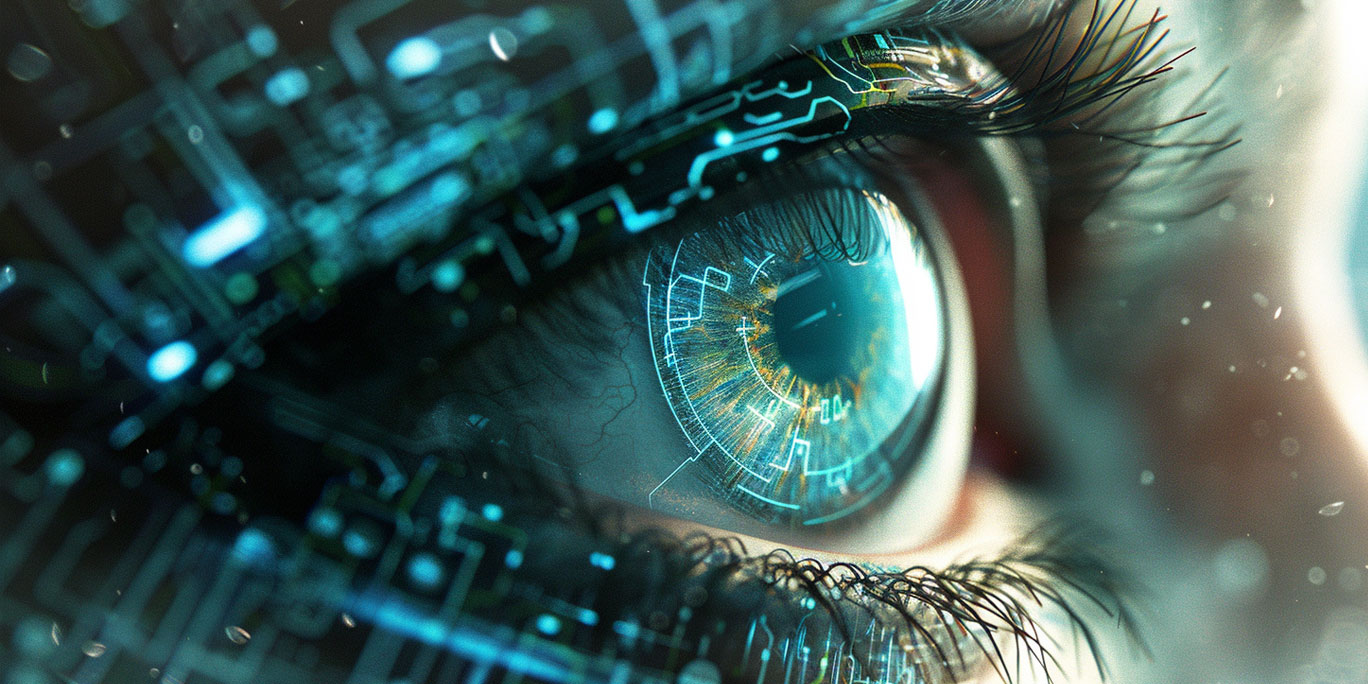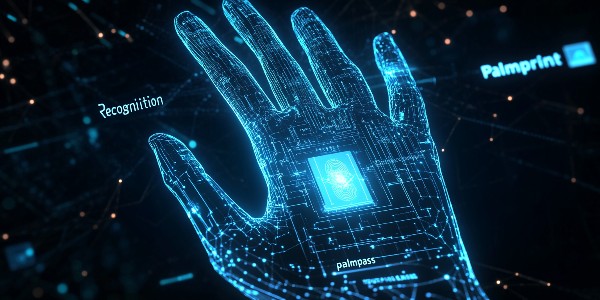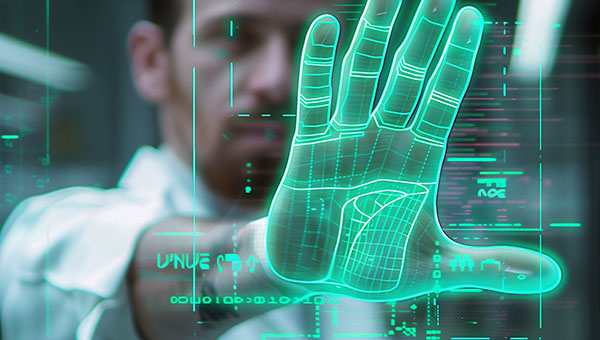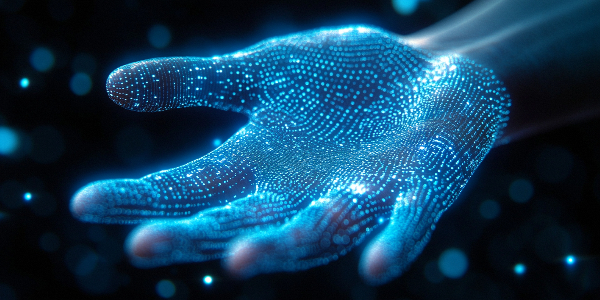Iris Biometric
Iris biometric technology uses the unique and stable patterns of an individual's iris for highly accurate, non-invasive, and secure identity verification across various applications.
Introduction to Iris Biometric Technology
Iris biometric technology is a cutting-edge method of identifying individuals based on the unique patterns of their irises. This technology leverages the distinct characteristics found in the colored part of the eye to provide secure, accurate, and reliable identity verification. Each person’s iris pattern is unique and remains stable throughout their lifetime, making it an ideal biometric identifier.

How Iris Recognition Works
The process of iris recognition involves several key steps:
Image Capture: A camera equipped with infrared light captures a high-contrast image of the iris. Infrared light is used to reduce reflections from the cornea and to illuminate the intricate details of the iris pattern.
Iris Localization: The captured image is processed to isolate the iris from other parts of the eye, such as the pupil, sclera (white part), and eyelids.
Feature Extraction: Specialized algorithms analyze the iris pattern to extract unique features. These features include the furrows, ridges, and rings that make up the iris texture.
Template Creation: The extracted features are converted into a digital template, which is a mathematical representation of the iris pattern. This template is stored in a database for future comparison.
Matching: When an individual’s identity needs to be verified, their iris is scanned again, and a new template is created. This new template is then compared against the stored templates in the database to find a match.
Advantages of Iris Biometrics
Iris recognition offers several advantages over other biometric methods:
High Accuracy: The probability of two individuals having identical iris patterns is virtually zero, making iris recognition extremely accurate.
Non-Invasive: The process of capturing an iris image is quick and non-intrusive, requiring no physical contact.
Speed: Iris recognition systems can process and match templates in real-time, enabling fast identity verification.
Security: Iris patterns are difficult to forge or alter, providing a high level of security.
Applications of Iris Recognition
Iris biometric technology is used in various sectors to enhance security and streamline processes:
Access Control: Organizations use iris recognition for secure access to restricted areas, ensuring that only authorized personnel can enter.
Border Control: Airports and border agencies employ iris recognition to verify the identities of travelers quickly and accurately.
Financial Services: Banks and financial institutions use iris biometrics for secure authentication of customers during transactions.
Healthcare: Hospitals and clinics utilize iris recognition to maintain accurate patient records and ensure patient privacy.
Future of Iris Biometric Technology
The future of iris biometric technology looks promising as advancements continue to be made. Innovations in camera technology, algorithm development, and integration with other biometric methods are expected to enhance the performance and adoption of iris recognition systems. Additionally, the increasing need for secure and reliable identity verification in various industries will drive the growth and evolution of this technology.
Conclusion
Iris biometric technology stands out as one of the most reliable and secure methods for identity verification. Its unique advantages, such as high accuracy, non-invasiveness, and speed, make it an ideal choice for a wide range of applications. As technology continues to advance, iris recognition is poised to play a significant role in enhancing security and efficiency across various sectors.










